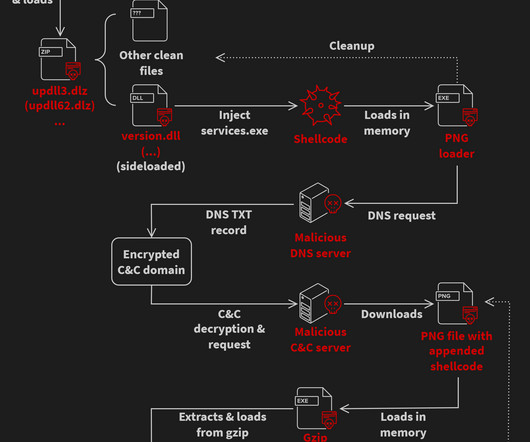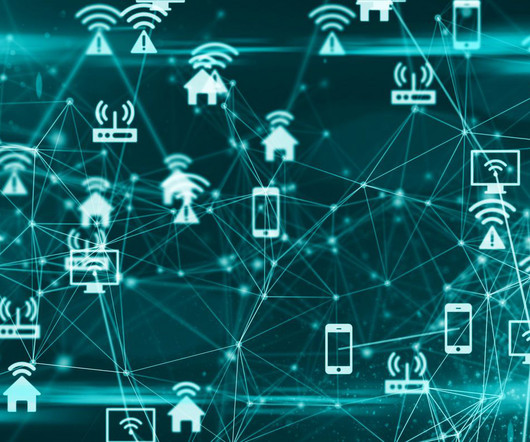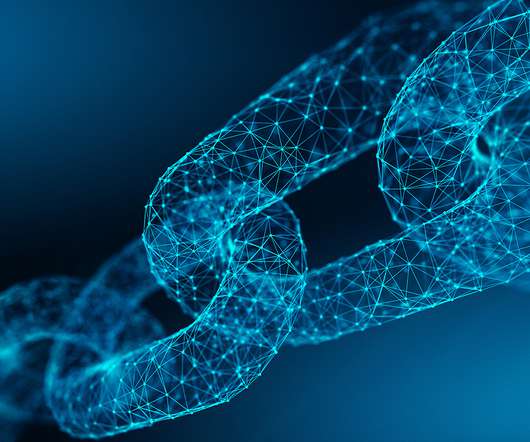Oblivious DNS
Schneier on Security
APRIL 18, 2018
Interesting idea : we present Oblivious DNS (ODNS), which is a new design of the DNS ecosystem that allows current DNS servers to remain unchanged and increases privacy for data in motion and at rest. The authoritative server then forwards the DNS request to the appropriate name server, acting as a recursive resolver.


















































Let's personalize your content